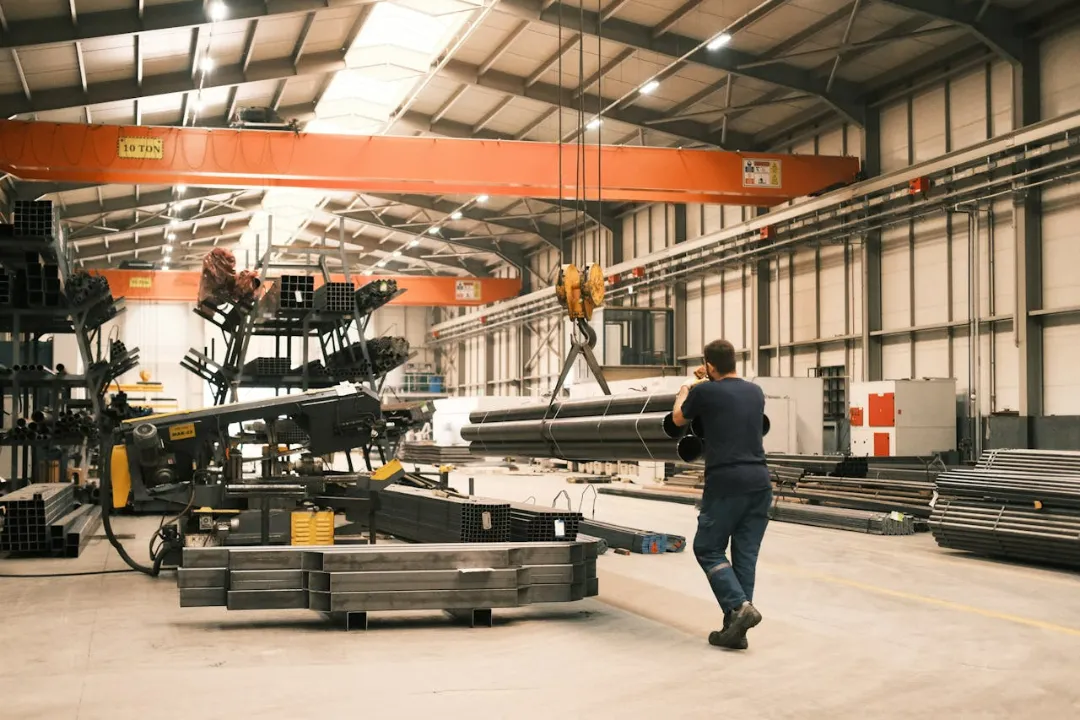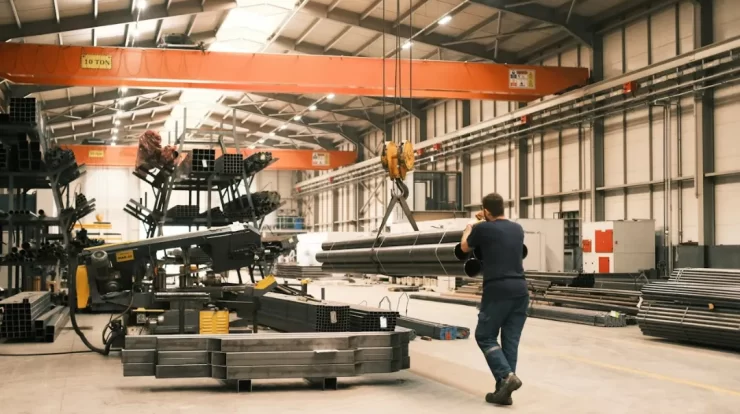
In today’s fast-paced business world, staying ahead of the curve requires more than just keeping operations running smoothly. It’s about evolving, innovating, and using every available tool to build a competitive edge. One of those powerful tools? Business automation. But here’s the catch—it’s not just about automating tasks to save time and cut costs. It’s about weaving automation into the very fabric of your business strategy to drive growth and resilience.
Let’s dive into how business automation is shaping up to be a strategic game-changer for modern enterprises.
Contents
- Introduction to Business Automation
- The Strategic Role of Automation in Business
- Key Components of Business Automation
- Automation and Competitive Advantage
- Aligning Automation with Business Strategy
- Cost-Benefit Analysis of Business Automation
- Automation in Different Business Functions
- Technology Trends Driving Business Automation
- Conclusion
- FAQs
Introduction to Business Automation
Understanding Business Automation in Modern Enterprises
So, what exactly is business automation? At its core, it’s the use of technology to perform repetitive tasks with minimal human intervention. Think of it as having a digital assistant that handles mundane processes, freeing up teams to focus on high-impact activities. But when we talk about automation today, we’re not just referring to simple task management tools. We’re talking about complex systems that streamline workflows, optimize decision-making, and even predict market trends.
Evolution of Automation in Business Operations
Automation has come a long way. Remember the early days when automation meant assembly lines in factories? Fast forward to now, and we have intelligent software that automates everything from customer service chatbots to complex data analytics. This shift didn’t happen overnight—it evolved alongside technological advancements, gradually becoming an essential pillar of modern business strategy.

The Strategic Role of Automation in Business
Moving Beyond Operational Efficiency
Many people still view automation as a way to simply “do things faster.” But it’s much more than that. Modern automation empowers businesses to innovate and scale in ways that were unimaginable a decade ago. For example, automating data analysis doesn’t just save time—it uncovers insights that drive smarter business decisions. Automation is no longer just a supporting actor; it’s a leading player in shaping long-term success.
How Automation Supports Long-term Business Goals
Strategically implemented automation aligns perfectly with long-term business goals. Whether it’s entering new markets, improving customer engagement, or enhancing product offerings, automation provides the agility to adapt quickly. Businesses that embed automation into their strategic planning often find it easier to pivot during disruptions and seize new opportunities.
Key Components of Business Automation
Process Automation vs. Cognitive Automation
Not all automation is created equal. Process automation handles rule-based, repetitive tasks—like invoicing or email marketing workflows. Cognitive automation, on the other hand, uses artificial intelligence to make decisions, learn from data, and solve complex problems. Think of process automation as the engine and cognitive automation as the GPS guiding your business.
Integration of AI and Machine Learning in Automation
Artificial Intelligence (AI) and Machine Learning (ML) are taking automation to the next level. AI-powered tools can analyze customer behavior, predict market trends, and even personalize marketing campaigns. By integrating AI and ML, businesses create systems that learn and adapt, providing a significant strategic advantage.
Automation and Competitive Advantage
Gaining Market Leadership through Automation
Companies that adopt automation strategically often outpace their competitors. Take Amazon, for example. Its use of automation in logistics and supply chain management allows it to deliver products faster and more efficiently than competitors. Automation helps businesses offer better services, respond to market changes quicker, and create products that truly meet customer needs.
Enhancing Business Agility and Scalability
In today’s volatile markets, agility is key. Automation enables businesses to scale up (or down) operations without the usual growing pains. Whether it’s handling seasonal demand spikes or expanding into new regions, automation ensures that businesses can pivot and adapt without missing a beat.
Aligning Automation with Business Strategy
Identifying Core Processes for Automation
Not every process should be automated. The real magic happens when businesses identify which areas will benefit the most. Start by analyzing workflows that are repetitive, time-consuming, and prone to human error. Automating these processes can instantly improve efficiency and free up resources for strategic initiatives.
Building a Roadmap for Strategic Automation Implementation
Jumping into automation without a plan can backfire. A strategic roadmap helps in aligning automation projects with business objectives. This involves setting clear goals, defining success metrics, and gradually scaling automation initiatives. Remember, automation is a journey, not a one-time project.
Cost-Benefit Analysis of Business Automation

Calculating ROI from Automation Investments
Investing in automation can feel like a big leap, but understanding the return on investment (ROI) makes it easier. Companies need to measure cost savings, productivity gains, and revenue growth driven by automation. It’s not just about cutting costs but about unlocking new streams of value.
Balancing Automation Costs with Business Value
Let’s be real—automation tools can be expensive. But the goal isn’t to automate everything at once. Start small with high-impact areas and scale up. The key is to balance initial investments with the long-term value automation delivers.
Automation in Different Business Functions
Sales and Marketing Automation
Sales and marketing teams can automate lead generation, email marketing, and even customer segmentation. Tools like HubSpot and Salesforce streamline campaigns and help teams focus on building relationships, not just closing deals.
Human Resources and Talent Management Automation
HR departments are using automation for recruitment, onboarding, and employee engagement. Automated systems handle routine tasks like payroll processing and performance reviews, giving HR professionals more time to nurture company culture.
Supply Chain and Logistics Automation
Automation is revolutionizing supply chains through inventory management, demand forecasting, and real-time tracking. Businesses that automate logistics can reduce errors, optimize deliveries, and cut operational costs.
Customer Service and Experience Automation
Chatbots, self-service portals, and AI-driven customer support are enhancing customer experiences. By automating support systems, companies provide 24/7 service, quicker resolutions, and more personalized interactions.
Technology Trends Driving Business Automation
Role of Artificial Intelligence and Machine Learning
AI and ML are the driving forces behind intelligent automation. They enable systems to analyze massive data sets and make real-time decisions, pushing businesses closer to predictive and proactive strategies.
Cloud Computing and SaaS Solutions in Automation
Cloud-based automation tools are more scalable and cost-effective than ever. Platforms like Zapier and Microsoft Power Automate allow businesses to automate workflows without heavy IT infrastructure.
Robotic Process Automation (RPA) Trends
RPA continues to evolve, now integrating with AI to handle more complex tasks. From finance to healthcare, RPA is reducing manual workloads and improving process accuracy.
Conclusion
Business automation has transformed from a tool for operational efficiency into a strategic powerhouse. It empowers businesses to innovate, scale, and thrive in an increasingly competitive landscape. Companies that recognize automation as a long-term investment rather than a quick fix will lead the charge into the future.
If you’re not thinking about how automation fits into your business strategy, now’s the time to start. The future is automated—and it’s strategic.


